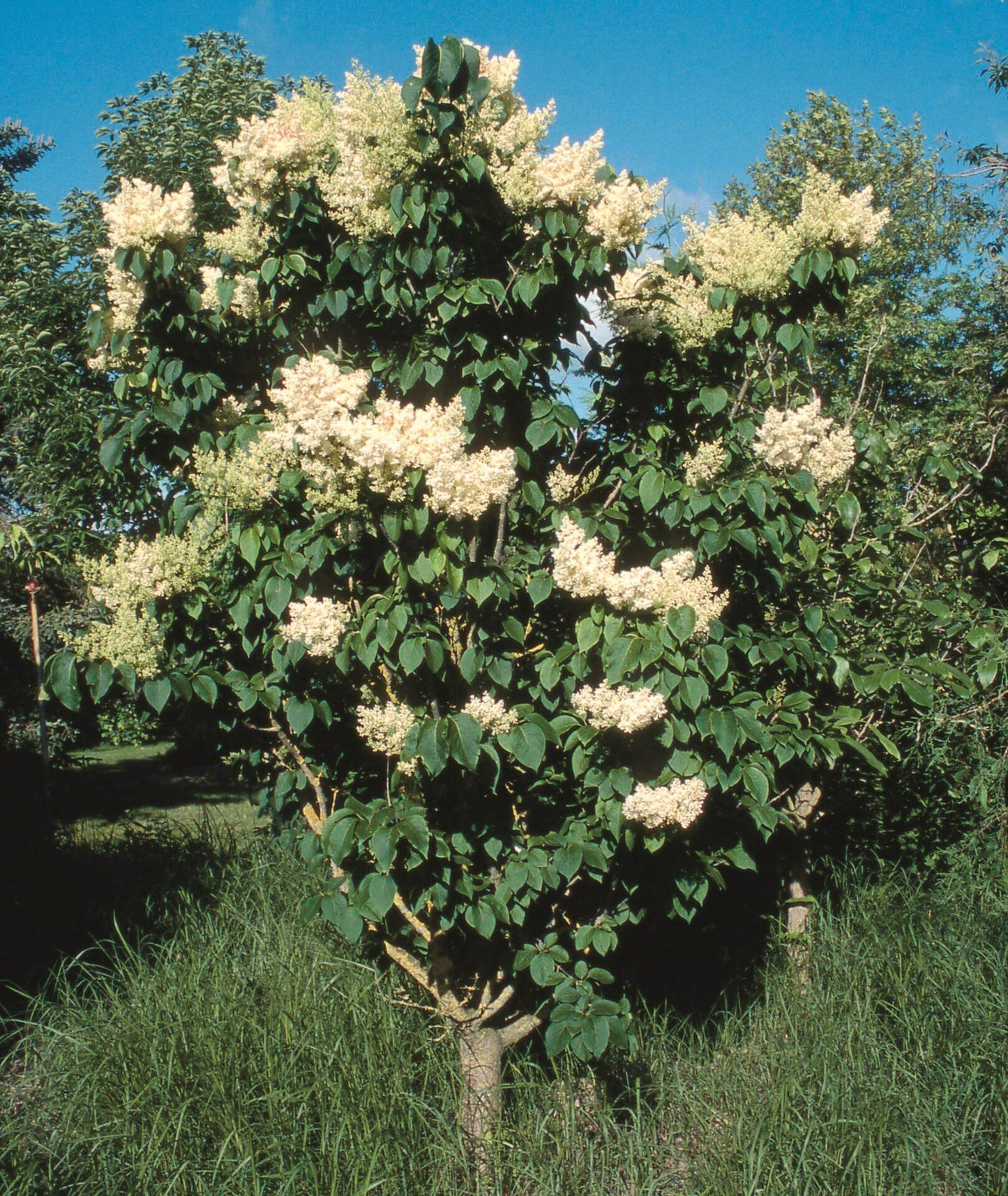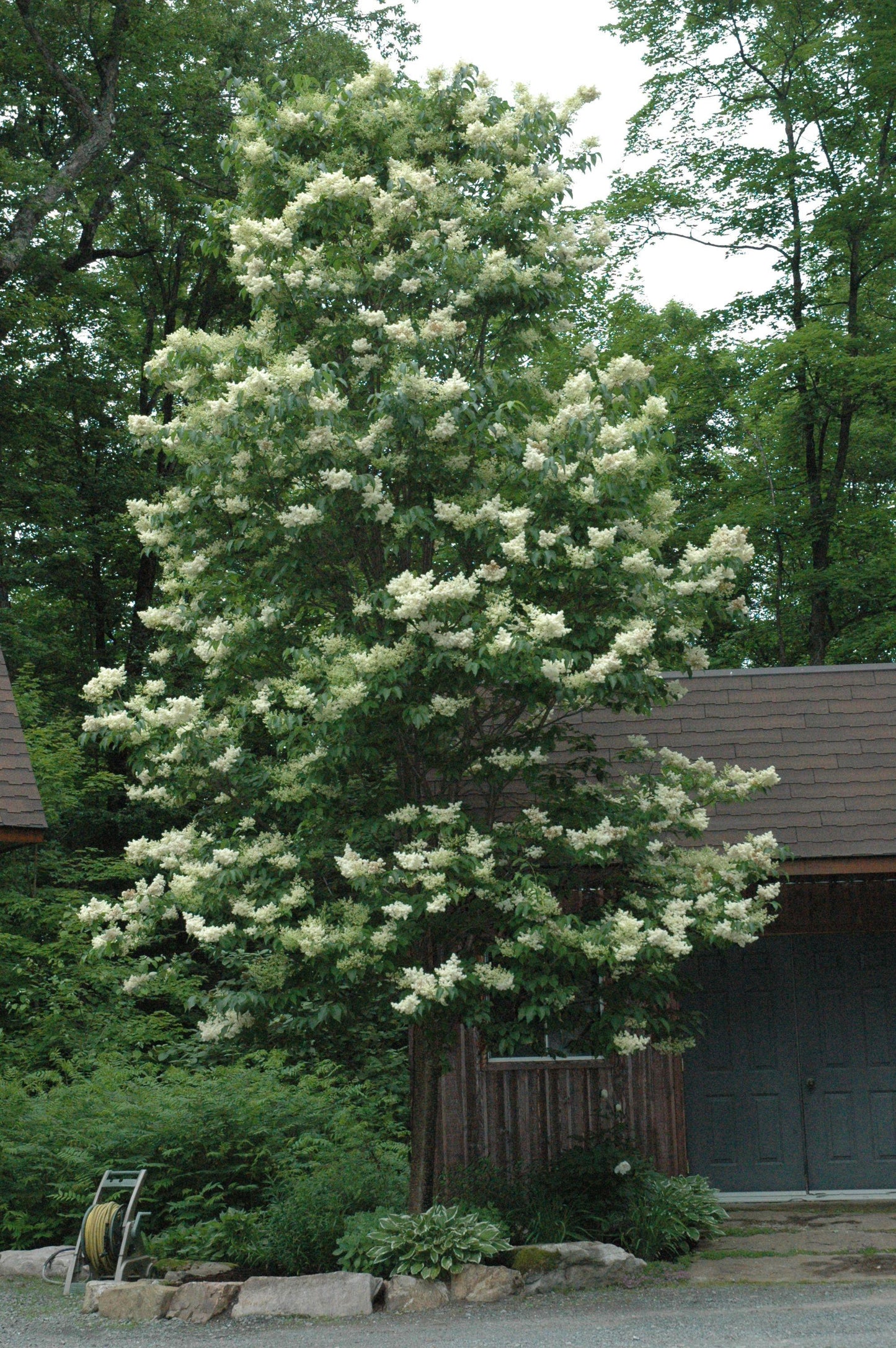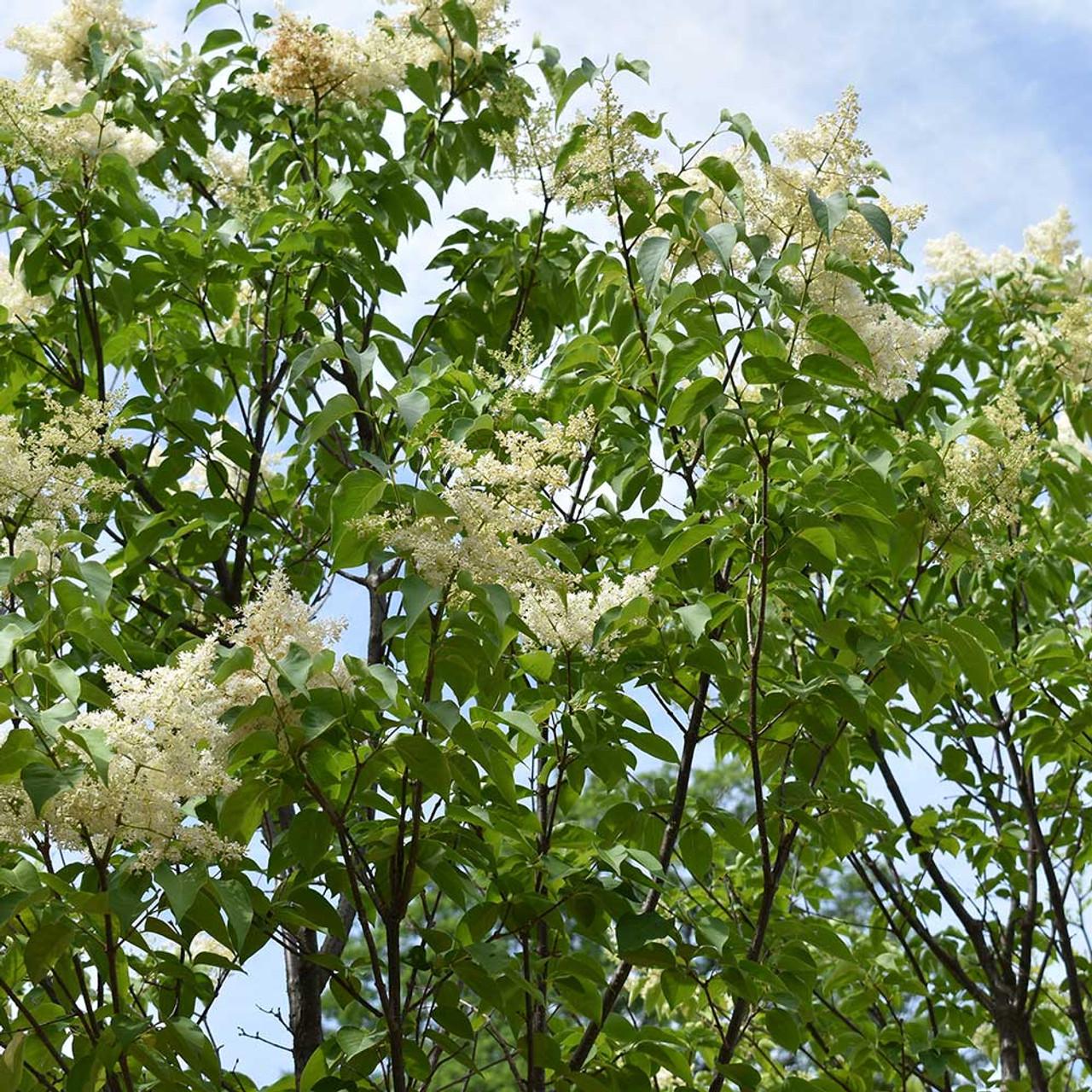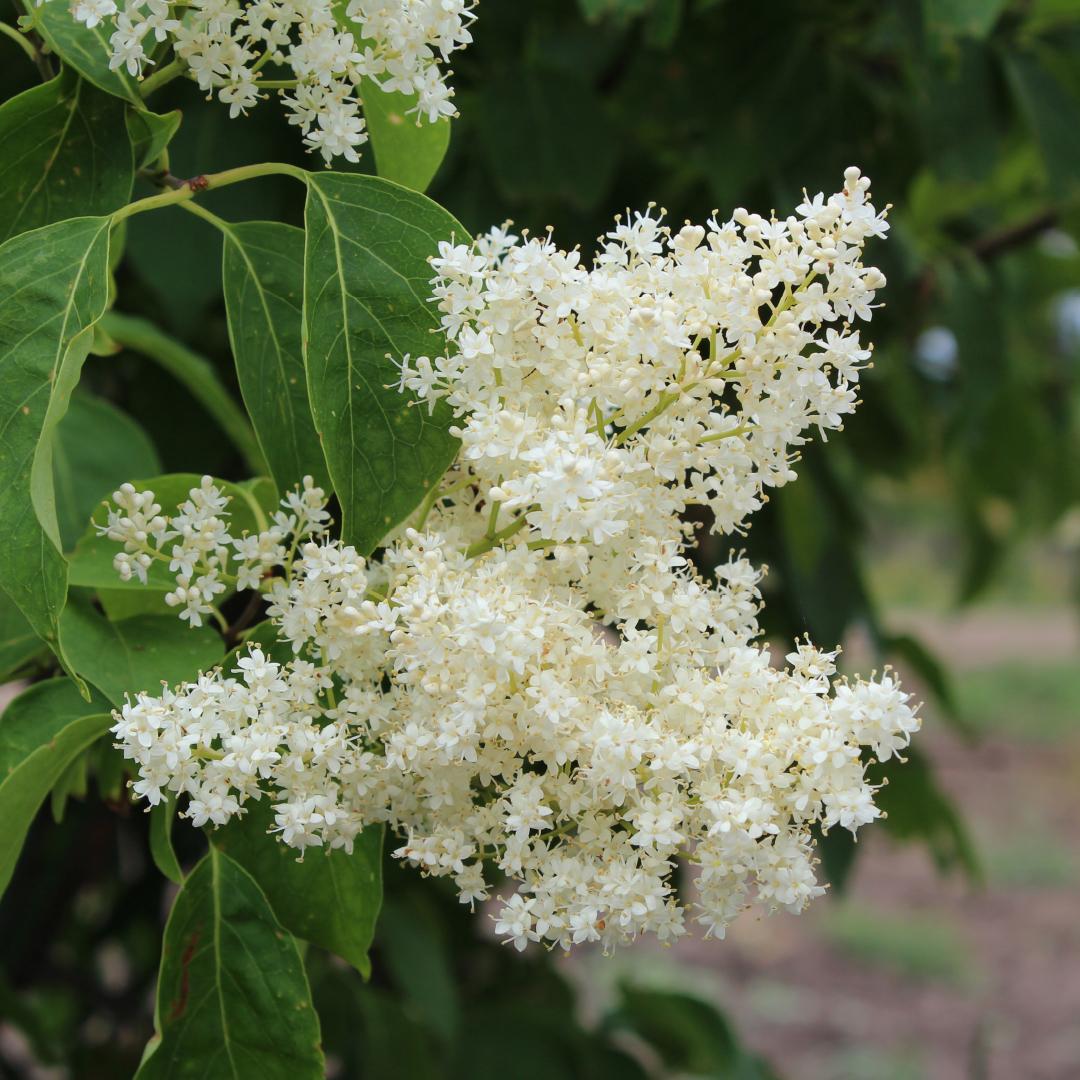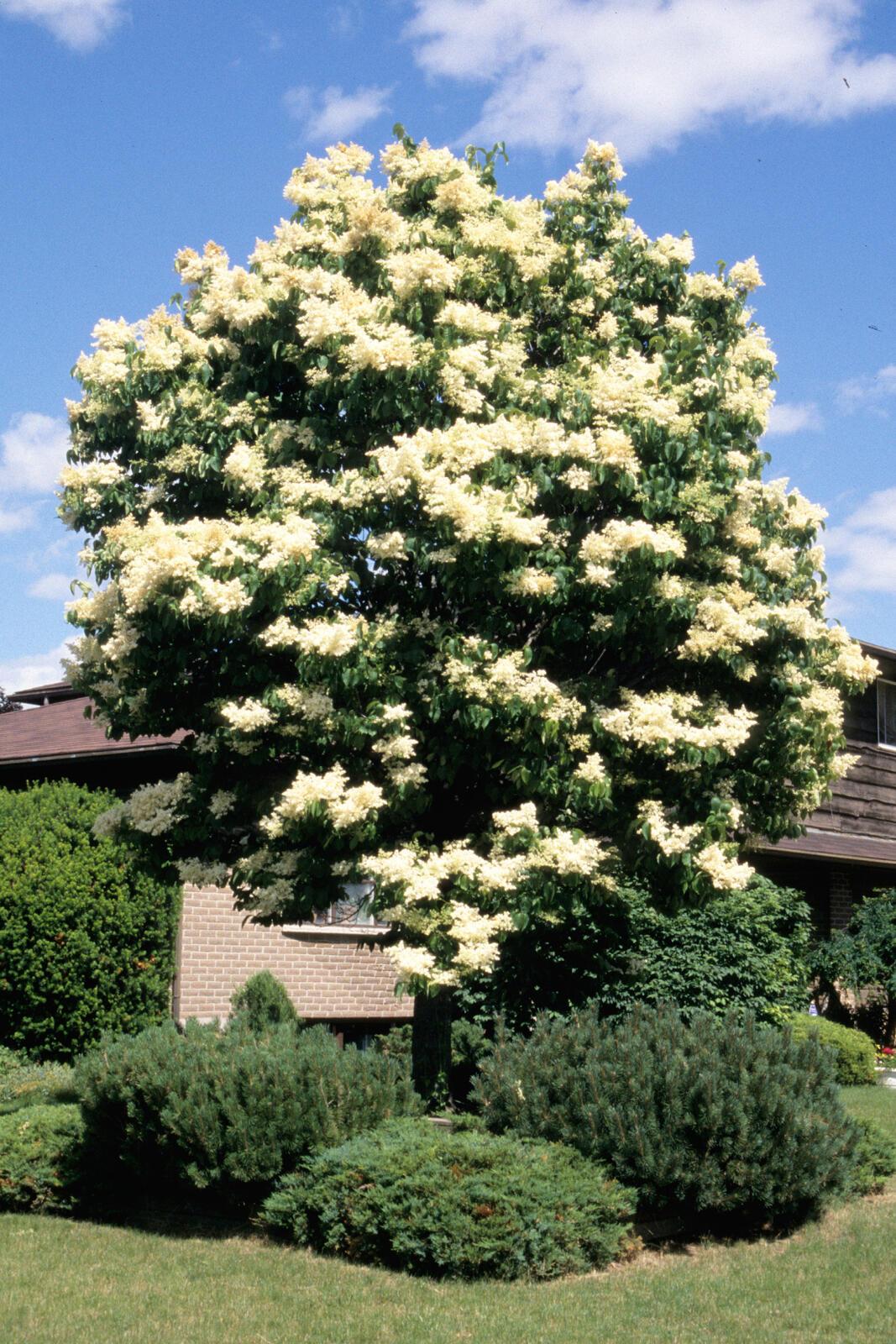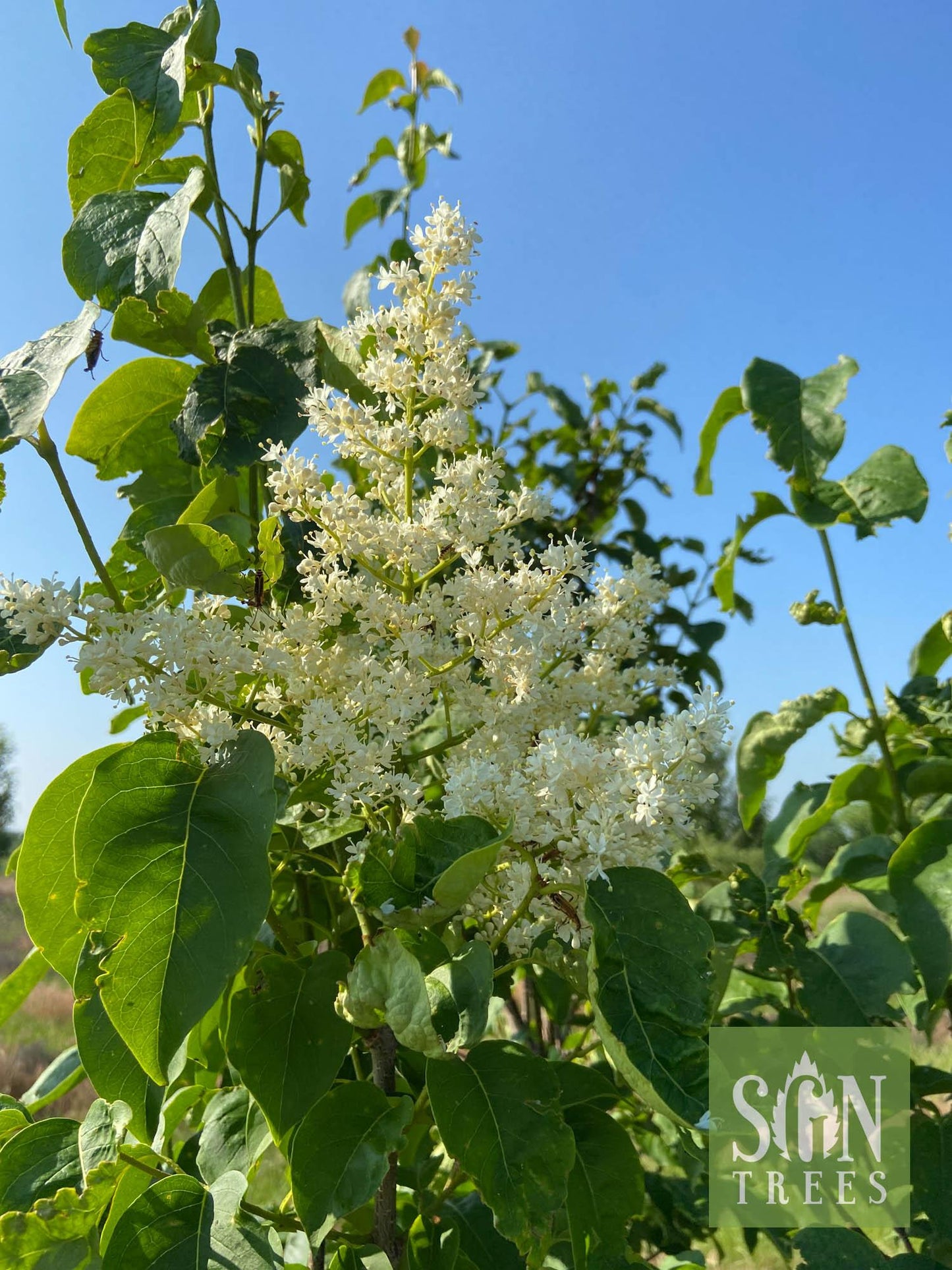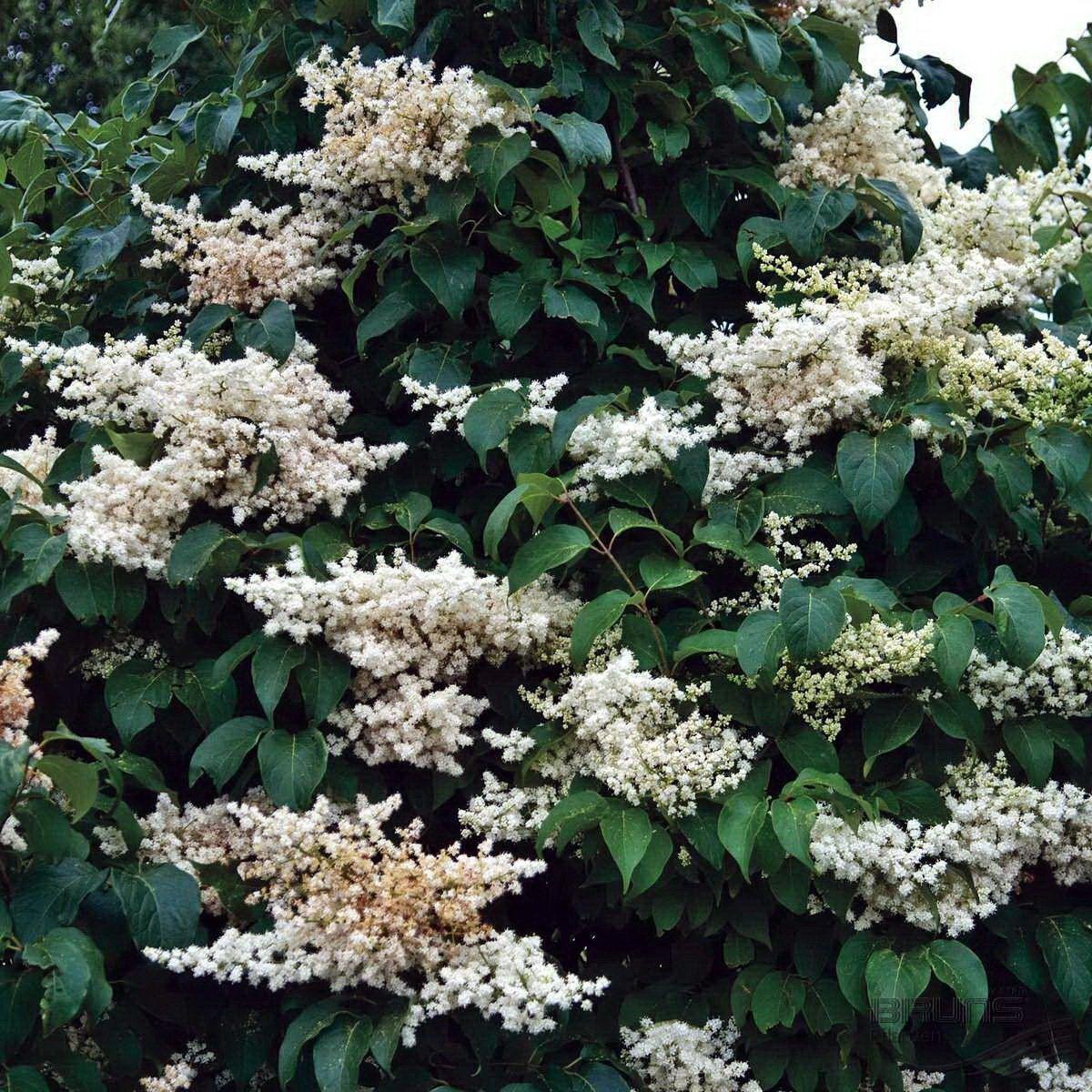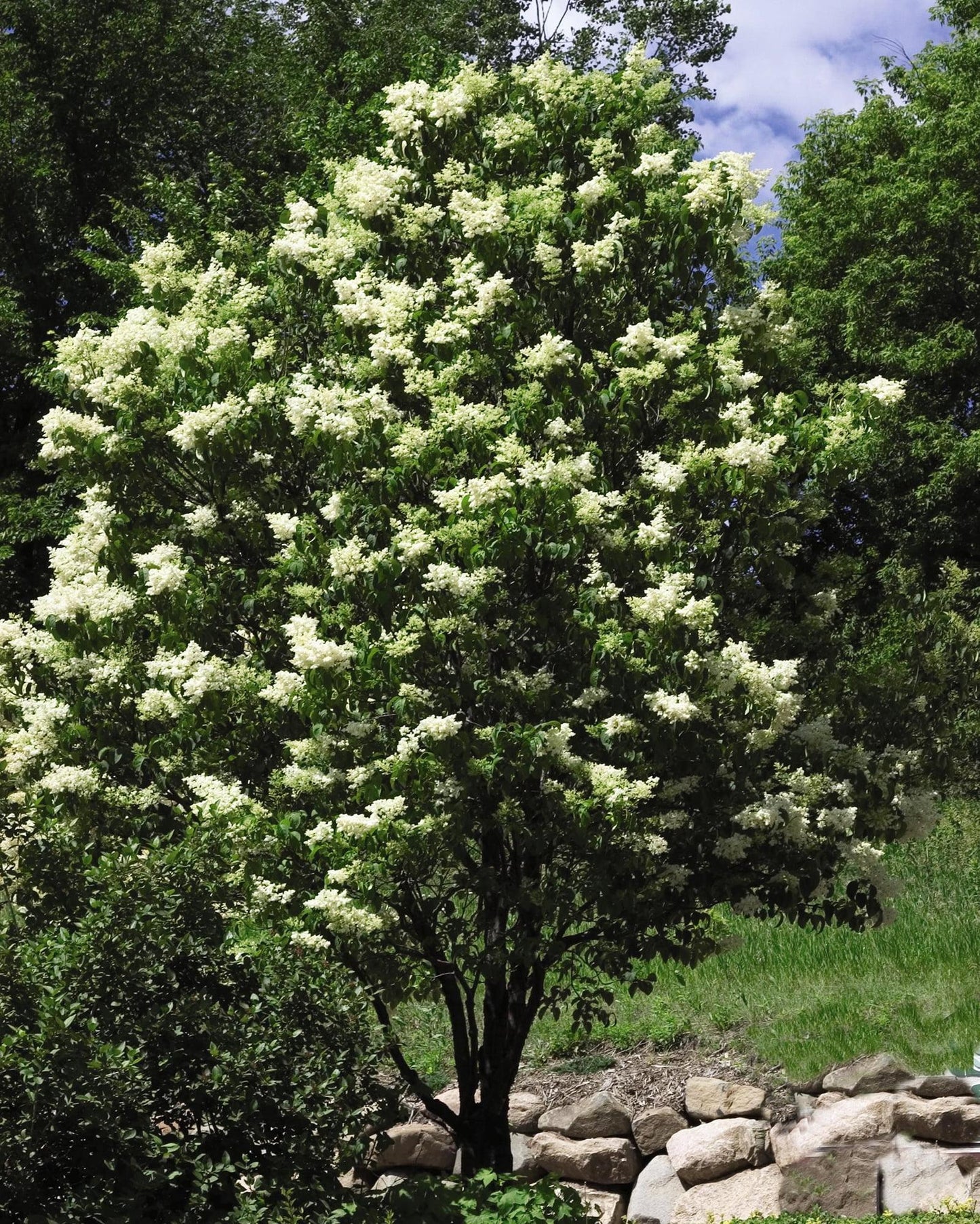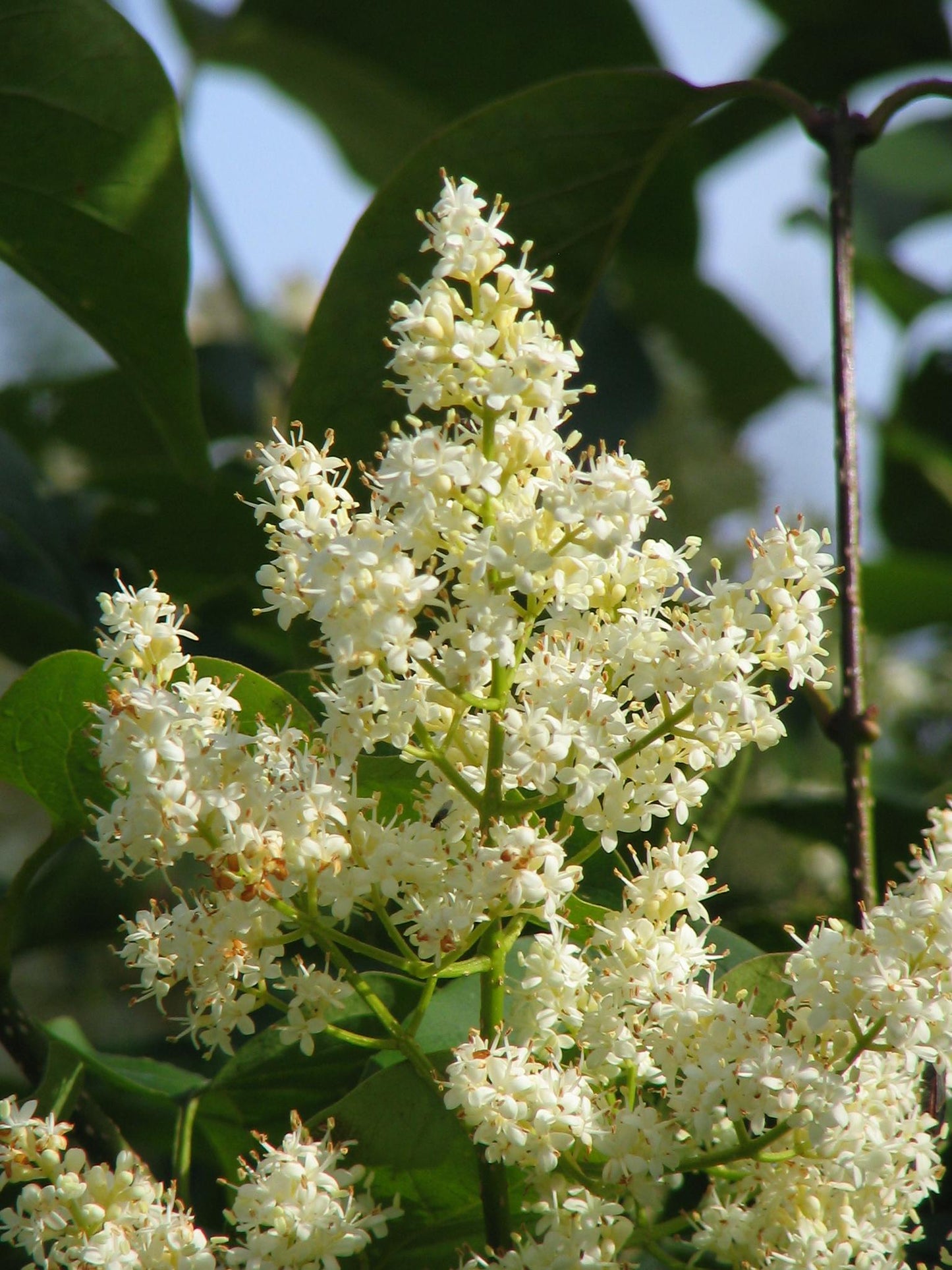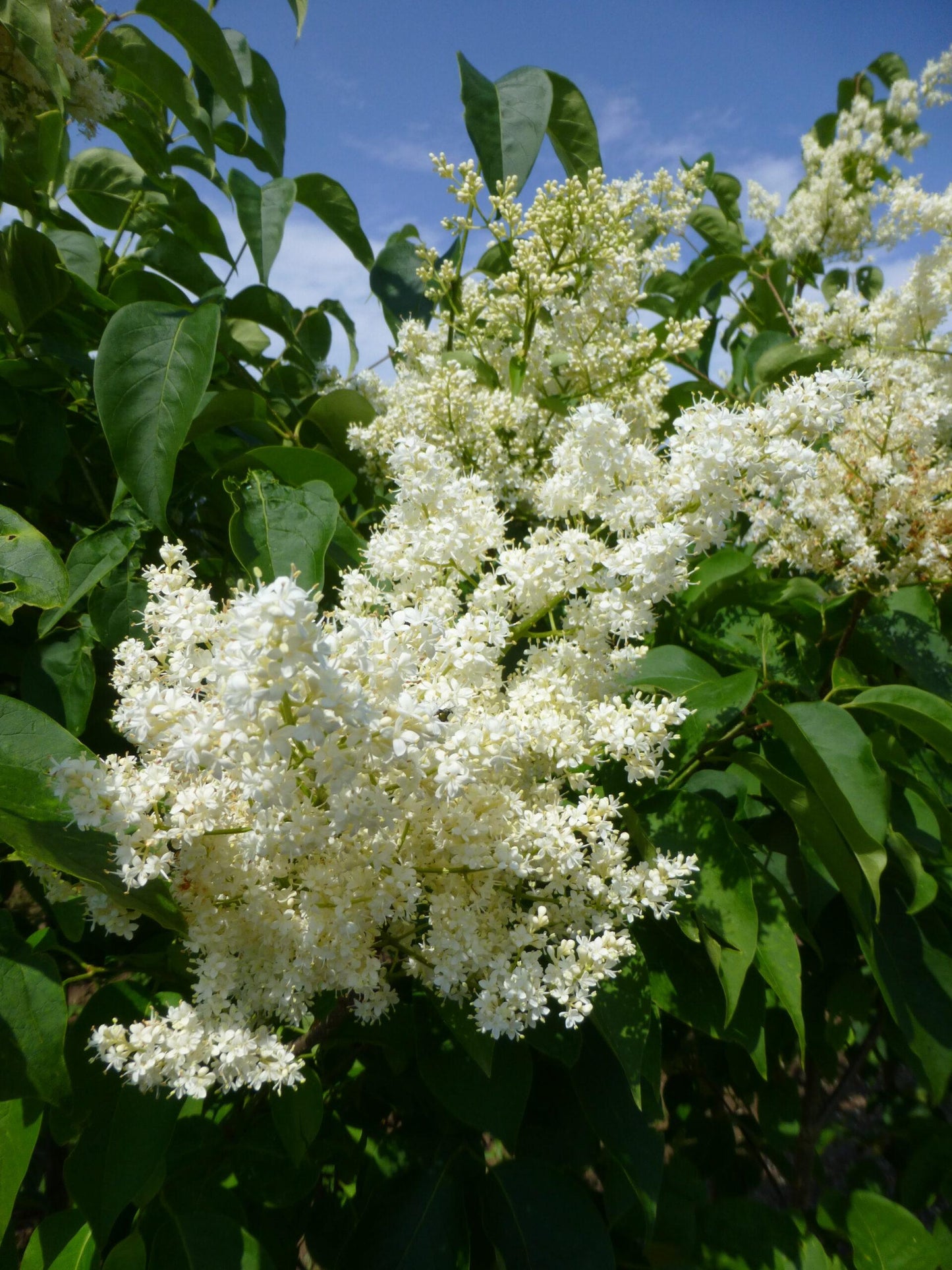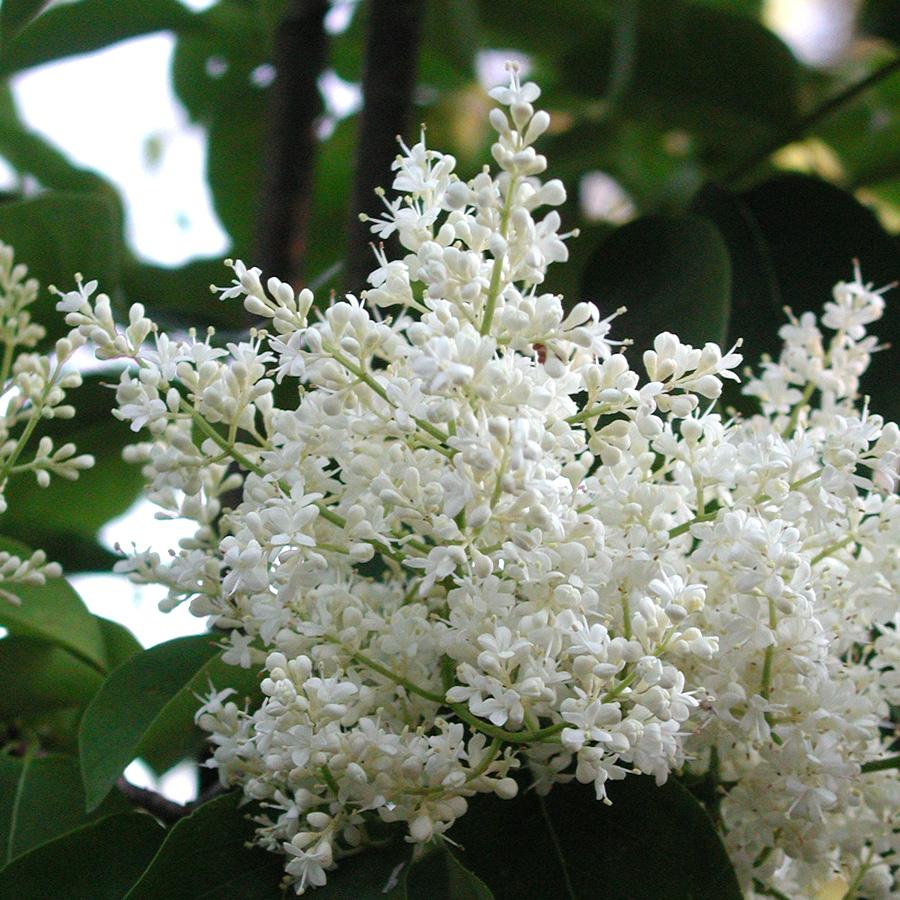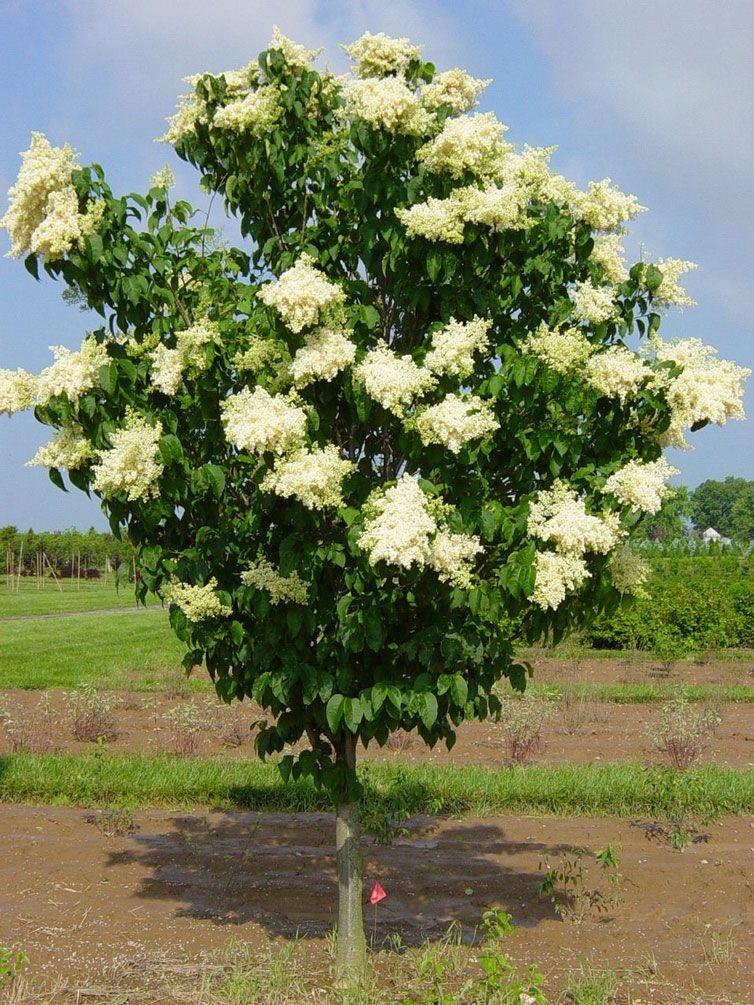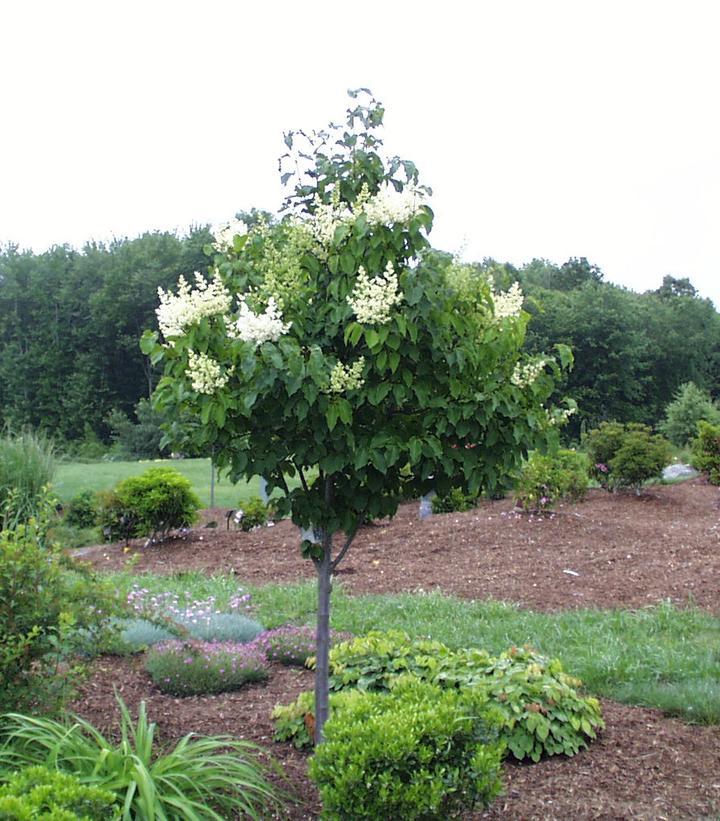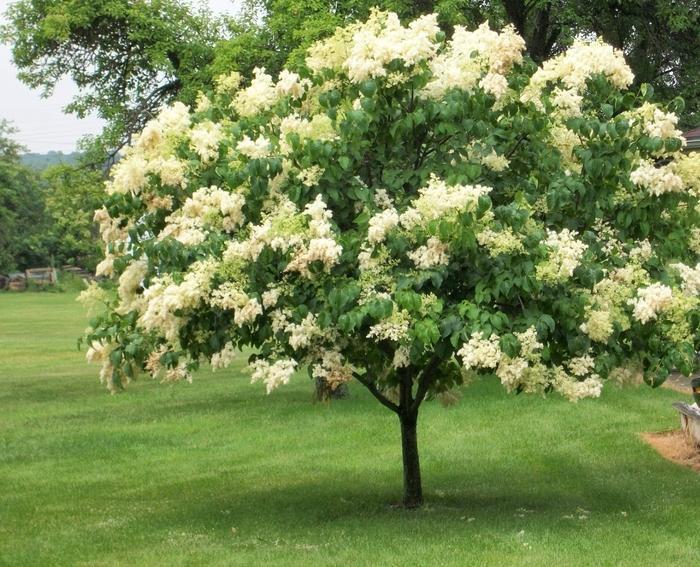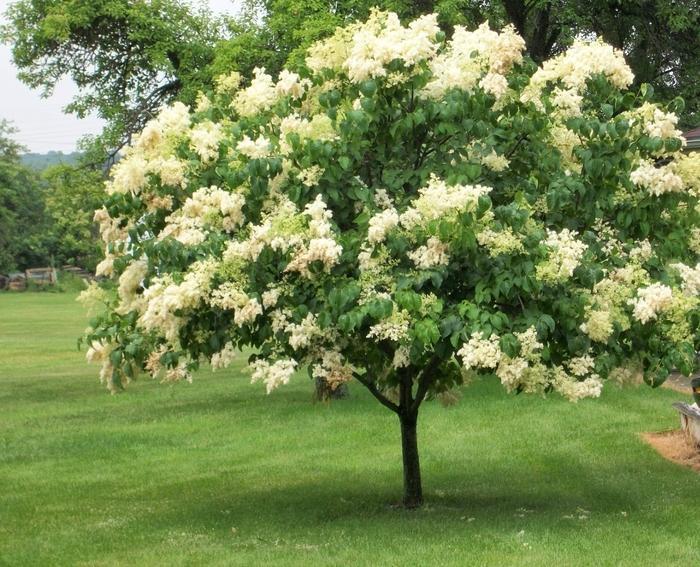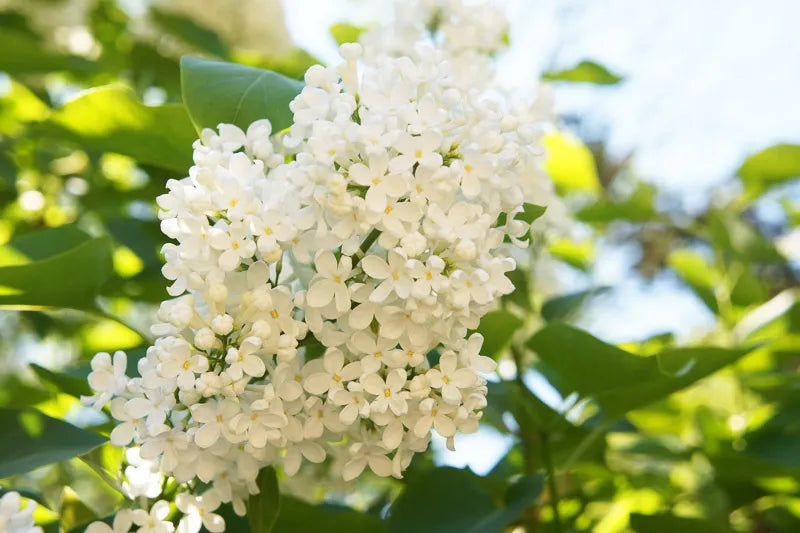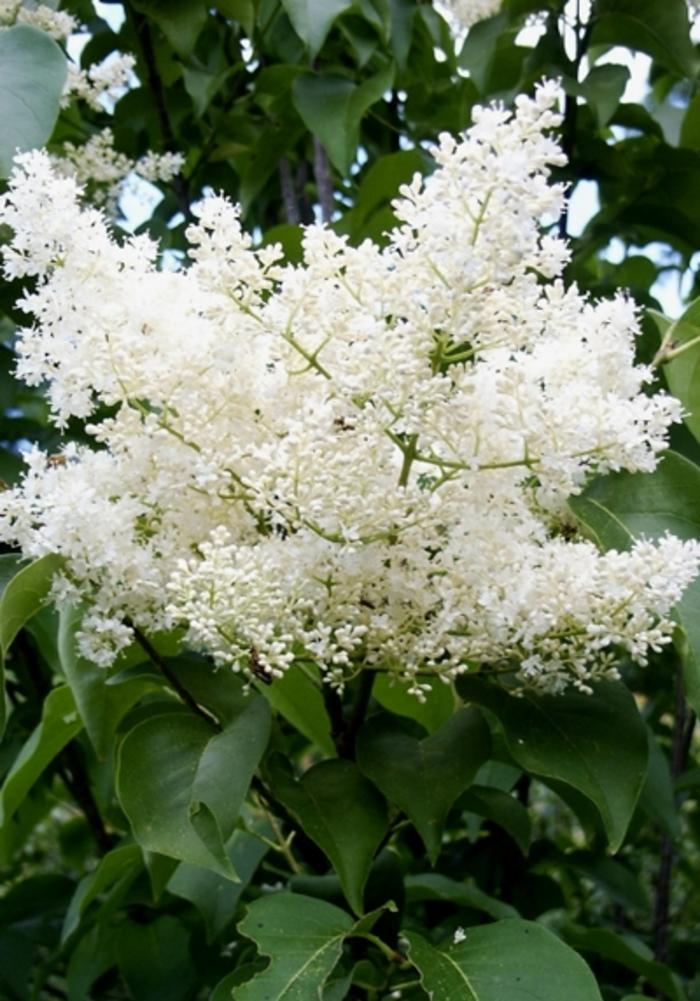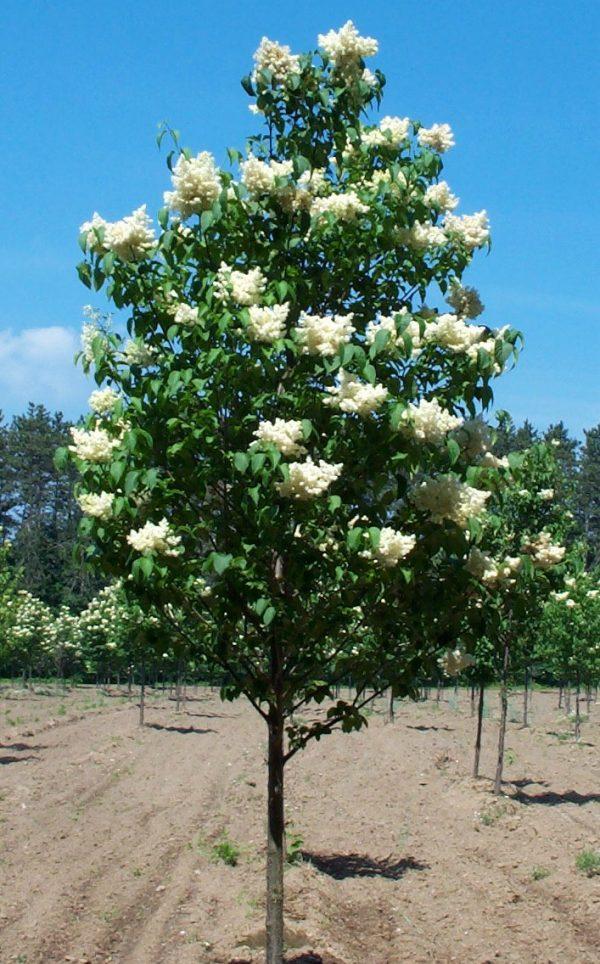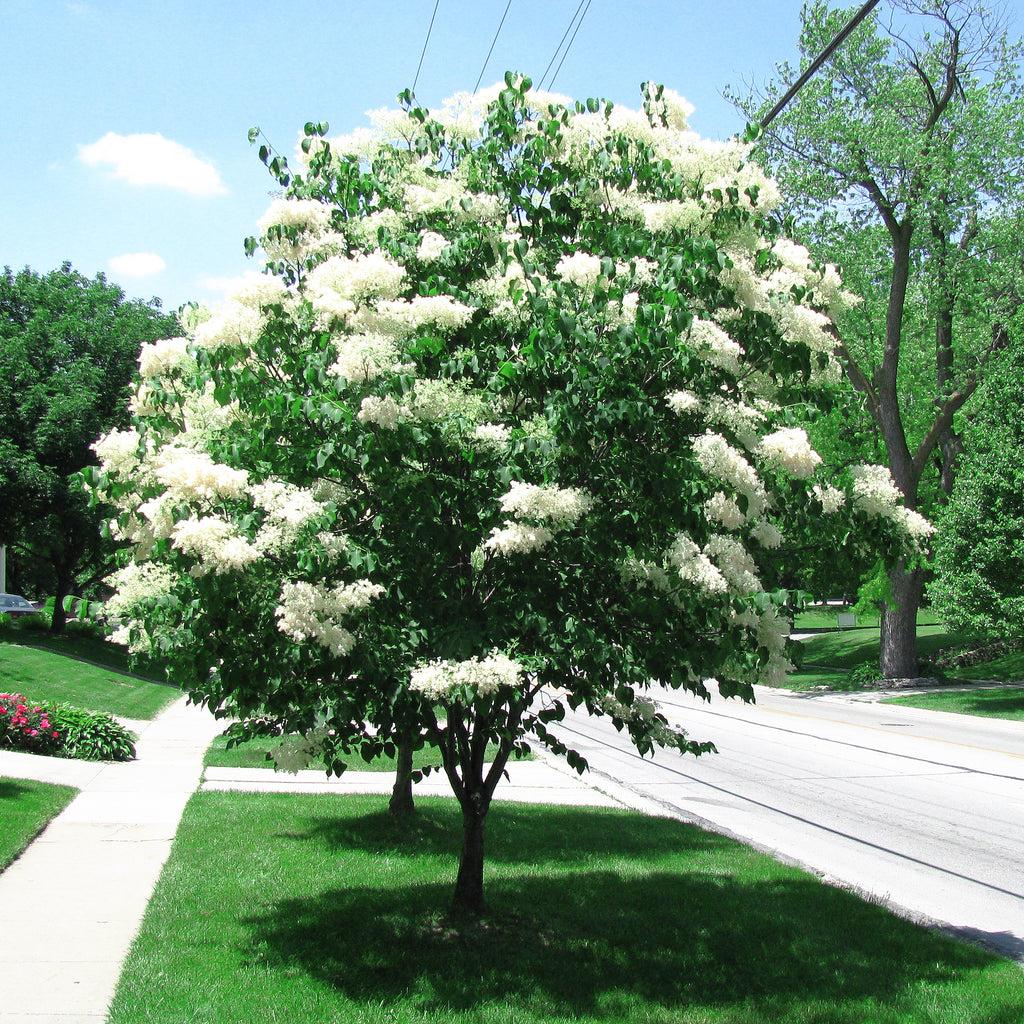1
/
of
20
Ivory Silk Japanese Tree Lilac-Fragrant Deciduous Tree for Gardens 2-2.5" cal B&B
Ivory Silk Japanese Tree Lilac-Fragrant Deciduous Tree for Gardens 2-2.5" cal B&B
Regular price
$1,460.00 USD
Regular price
$1,898.00 USD
Sale price
$1,460.00 USD
Unit price
/
per
Shipping calculated at checkout.
SKU:ntf0039-redcrocus
Couldn't load pickup availability
Syringa reticulata 'Ivory Silk'
Description
The Syringa reticulata 'Ivory Silk', commonly known as the Ivory Silk Japanese Tree Lilac, is a stunning deciduous tree known for its large, creamy-white flower clusters and attractive dark green foliage. It is a popular choice for urban landscapes due to its tolerance of pollution and compact size.
Suggested Uses
This tree is ideal for use as a specimen plant in gardens, parks, and along streets. Its fragrant flowers make it a great choice for sensory gardens, and it can also be used to attract pollinators such as bees and butterflies.
Plant Details
-
 Botanical Name: Syringa reticulata 'Ivory Silk'
Botanical Name: Syringa reticulata 'Ivory Silk' -
 Common Name: Ivory Silk Japanese Tree Lilac
Common Name: Ivory Silk Japanese Tree Lilac -
 Size & Growth: Typically grows 20-30 feet tall and 15-25 feet wide
Size & Growth: Typically grows 20-30 feet tall and 15-25 feet wide -
 Hardiness Zones: 3-7
Hardiness Zones: 3-7 -
 Foliage Type: Deciduous
Foliage Type: Deciduous -
 Bloom Time: Late spring to early summer
Bloom Time: Late spring to early summer -
 Growth Rate: Moderate
Growth Rate: Moderate -
 Light Requirements: Full sun
Light Requirements: Full sun -
 Attracts Pollinators: Yes, bees and butterflies
Attracts Pollinators: Yes, bees and butterflies -
 Indoor Friendly: No
Indoor Friendly: No -
 Container Friendly: No
Container Friendly: No -
 Deer Resistant: Yes
Deer Resistant: Yes -
 Pet Warning: Non-toxic
Pet Warning: Non-toxic -
 Fragrant: Yes
Fragrant: Yes -
 Cut Flower: Yes
Cut Flower: Yes -
 Grows Well With: Other sun-loving shrubs and perennials
Grows Well With: Other sun-loving shrubs and perennials
Care Tips
-
 Planting Instructions: Plant in spring or fall in a location with full sun and well-drained soil
Planting Instructions: Plant in spring or fall in a location with full sun and well-drained soil -
 Soil Moisture: Prefers moderate moisture, but can tolerate some drought
Soil Moisture: Prefers moderate moisture, but can tolerate some drought -
 Soil Type: Well-drained, loamy soil
Soil Type: Well-drained, loamy soil -
 Humidity: Tolerates a range of humidity levels
Humidity: Tolerates a range of humidity levels -
 Pruning Instructions: Prune after flowering to maintain shape and remove dead wood
Pruning Instructions: Prune after flowering to maintain shape and remove dead wood -
 Winter Care: Mulch base in colder zones to protect roots
Winter Care: Mulch base in colder zones to protect roots -
 Planting Depth: Plant at the same depth as the nursery container
Planting Depth: Plant at the same depth as the nursery container -
 Fertilization: Fertilize in early spring with a balanced fertilizer
Fertilization: Fertilize in early spring with a balanced fertilizer -
 Special Care: Ensure good air circulation to prevent powdery mildew
Special Care: Ensure good air circulation to prevent powdery mildew
Share
